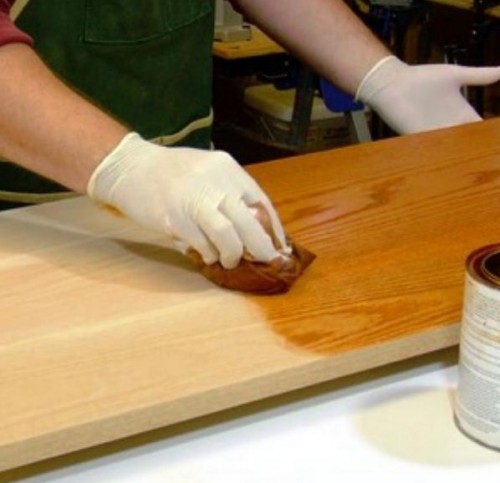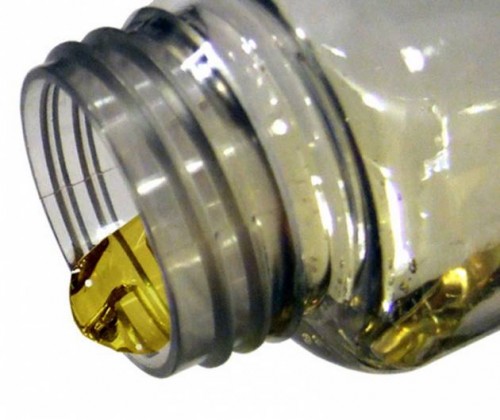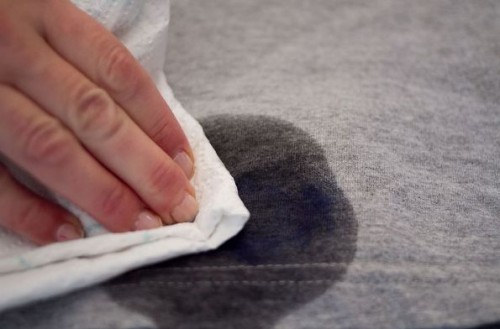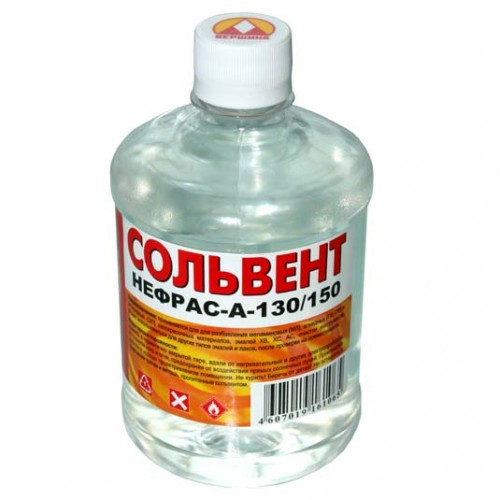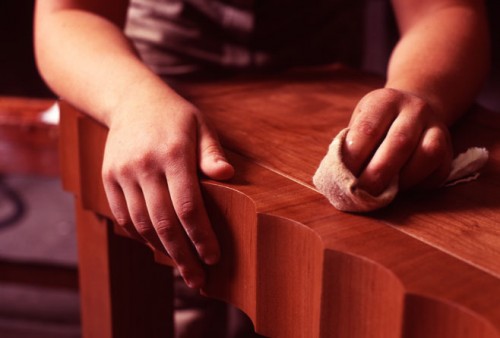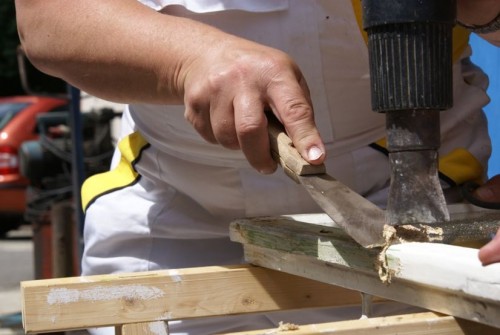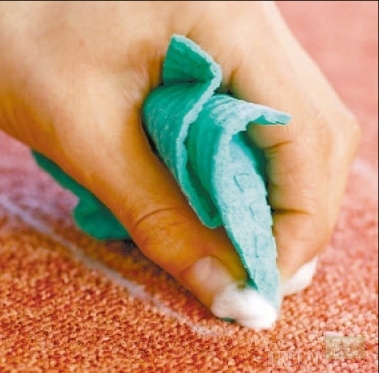
How to remove Olhuli paints and varnishes,Plumbing
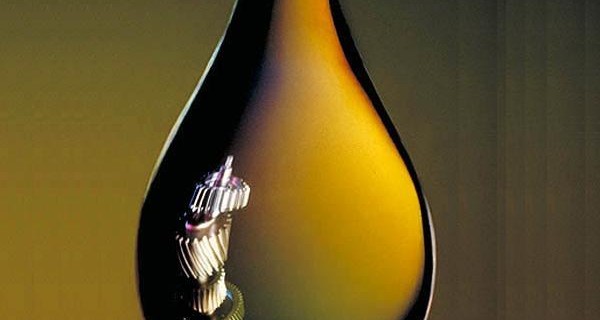
As a protective impregnation of a wooden or metal surface before painting, it is customary to use Olif. It represents a transparent liquid, which includes vegetable oils (natural olifa), alkyd resins (alkyd olifa) or a combination of them (combined olifa).
Content
The question of how to remove the olive for many is very important. Since it is often in the process of construction work, it can be contaminated not only clothes, but also other surfaces on which fat stains remain. That further complicates the purification process, this is a sequivator or substance that contributes to rapid absorption. Therefore, it is not so easy to remove Olif, as it seems at first glance. To do this, you need to know some rules.
First of all, the method of purification depends on the composition of the Oliphea itself.
Removal of natural olifa plant origin
Natural Olif or Olifier of plant origin can be removed by the usual stain remover for fatty spots.
- To do this, it is necessary to moisten in a small amount of such a substance a foam sponge or a piece of vet and grab the spot.
- After that, leave it for a while alone, about 10-15 minutes.
- Then wipe with a wet sponge or rinse in water, if it is a fabric.
Removal of synthetic combined or alkyd oil
Olifu, which has alkyd resins, is removed using one of these substances.
Normal gasoline
Almost any olif can be removed using gasoline.
- We make a small piece of gasoline vet and apply it to the clean surface.
- After about 15 minutes, everything is neatly washed.
- Depending on the degree of contamination, this procedure can be done several times.
White Spirit
The effect of this substance is similar to gasoline.
- In the same way, we make a piece of Wate-spirit weeping and process them the surface that is cleaned.
- Treatment of White-spirit can be carried out immediately several times in a row until the olifa is completely deleted.
Solvent for oil paint, for example, solvent, R-646, etc.
The procedure for cleaning is the same as using the two previous means of White-spirit or gasoline. However, this method is more complex and time-consuming, as it requires good excerpt and considerable time. Cleaning should be carried out until the lowest layer of wood does not clear.
Removal of Olifes from various surfaces
Tree, plywood
Olif is applied to the wooden surface before painting as a primer or in order to save paint consumption. In order for the finished coating to be qualitatively need to give the olive before painting well dry. Sometimes because of the large number of applied Olifa, she does not have time to do this. In order for the paint to be applied evenly, it is necessary to remove excess olifa from the surface.
It is quite difficult to make it, since this substance has a property to be absorbed very quickly and penetrate into the deepest layers of wood in a matter of minutes. Therefore, it is possible to clean with the help of already listed funds only the top layer of wood. At the same time, they will need at least 4-5 treatments with gasoline or solvent with an interval in 20 minutes.
The process of removing the olifes from the wooden walls of the house can be viewed on the video.
Another way to remove olifa from a wooden surface is the use of a construction dryer.
- To do this, heat the alternately small sections of wood.
- As soon as its surface begins to be covered with small bubbles, with the help of a vehicle, we remove all the contaminants.
Stone, brick
During the facing of the facades of buildings, special masts are often used, which include Olph.
- To remove it with a stone or brick surface, a mixture consisting of one part of the boos, trinitium phosphate and three parts of the talc is used.
- The paste thus obtained with the addition of soap is applied to the purified surface before it is complete drying.
- Then, with the help of a moistage sponge or a veto, it is neatly washed off.
In addition, with the stone surface of the Olif, it is fairly easy to remove using conventional pharmacy of hydrogen peroxide. For this, a sponge or a piece of the winds are wetted in the peroxide and wipe the contaminated portion of the brick or stone surface until the stain does not completely disappear.
Textile
Removal of olifes from the fabric is made by the same means that were listed above. At the same time, it is necessary to separate the fresh stains and already delicate. Fresh is undoubtedly easier to get rid of.
- And the dried spots should be pre-softened by margarine or butter and only then proceed to cleaning with a chipidar or gasoline.
- The process of purification by treatment with a 10 percent solution of ammonic alcohol is completed. The latter sometimes causes changing the color of some tissues, so it should be used carefully.
With cotton fabric, the spot from the olifa is removed by the ammonia alcohol or green soap, and with woolen fabrics - wiping with a mixture of green soap, ammonia and wine alcohol.
- On colored tissues, a hot solution of pure glycerin is also used, which are wetted with a vaccine and pressed it to a stain.
- Periodically, such a cotton swab should be changed to the new until the olifa is completely removed from the surface of the fabric.
How to get rid of smell olifa
Regardless of which method of removing the oils you choose for yourself, it is important to understand that in most cases there are harmful toxic substances for this. Therefore, it is better to use a mask or respirator while working. In addition, the surface treated surfaces for a long time retain its unpleasant smell.
- You can get rid of it, first of all, regular ventilating room.
- In addition, some experts recommend installing 2-3 containers with salt or water, which is preferably changed once a day.




